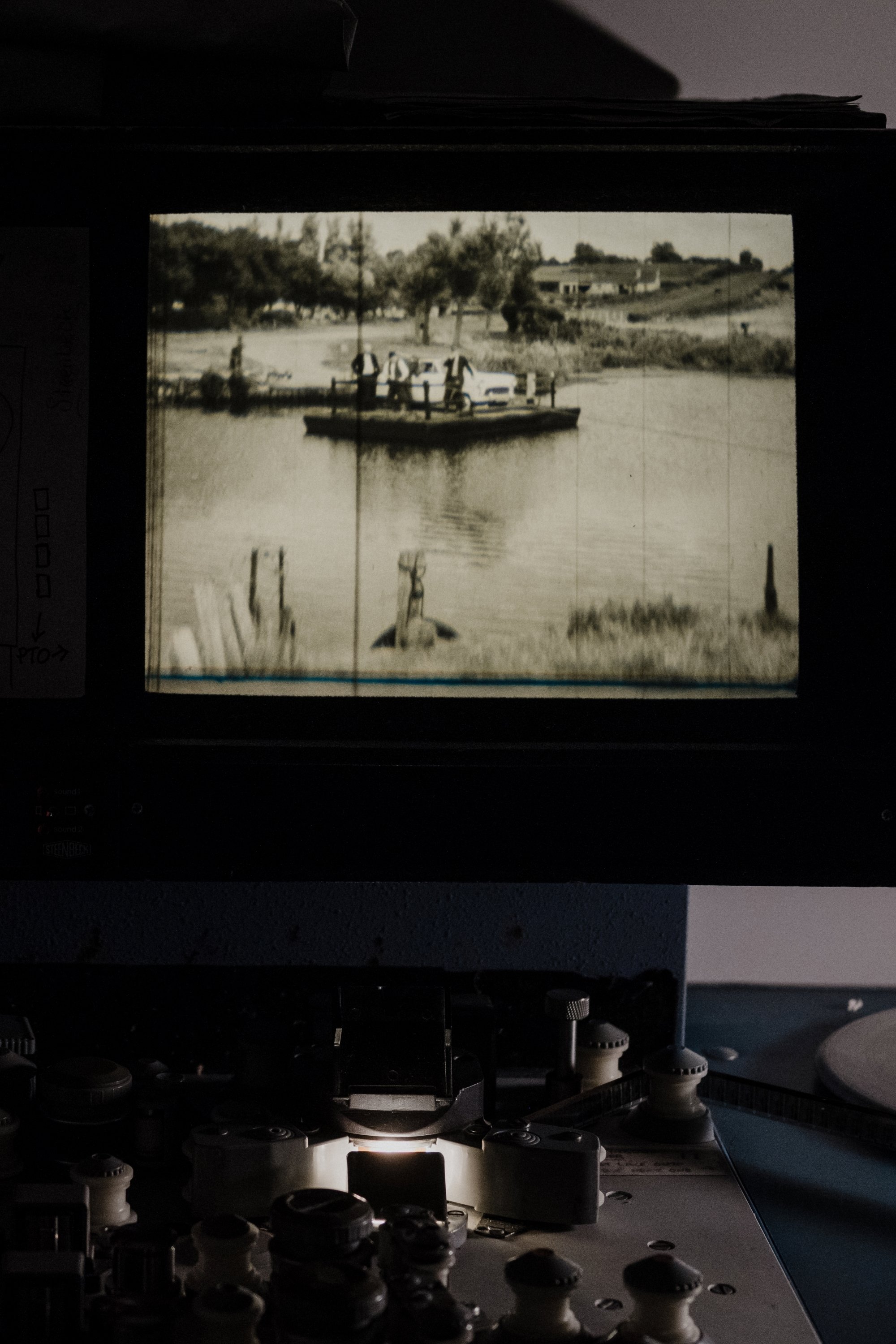
A forgotten history of Northern Ireland is unveiled through a journey into Ulster Television’s archives, and the rediscovery of the first locally-produced network drama, Boatman Do Not Tarry.
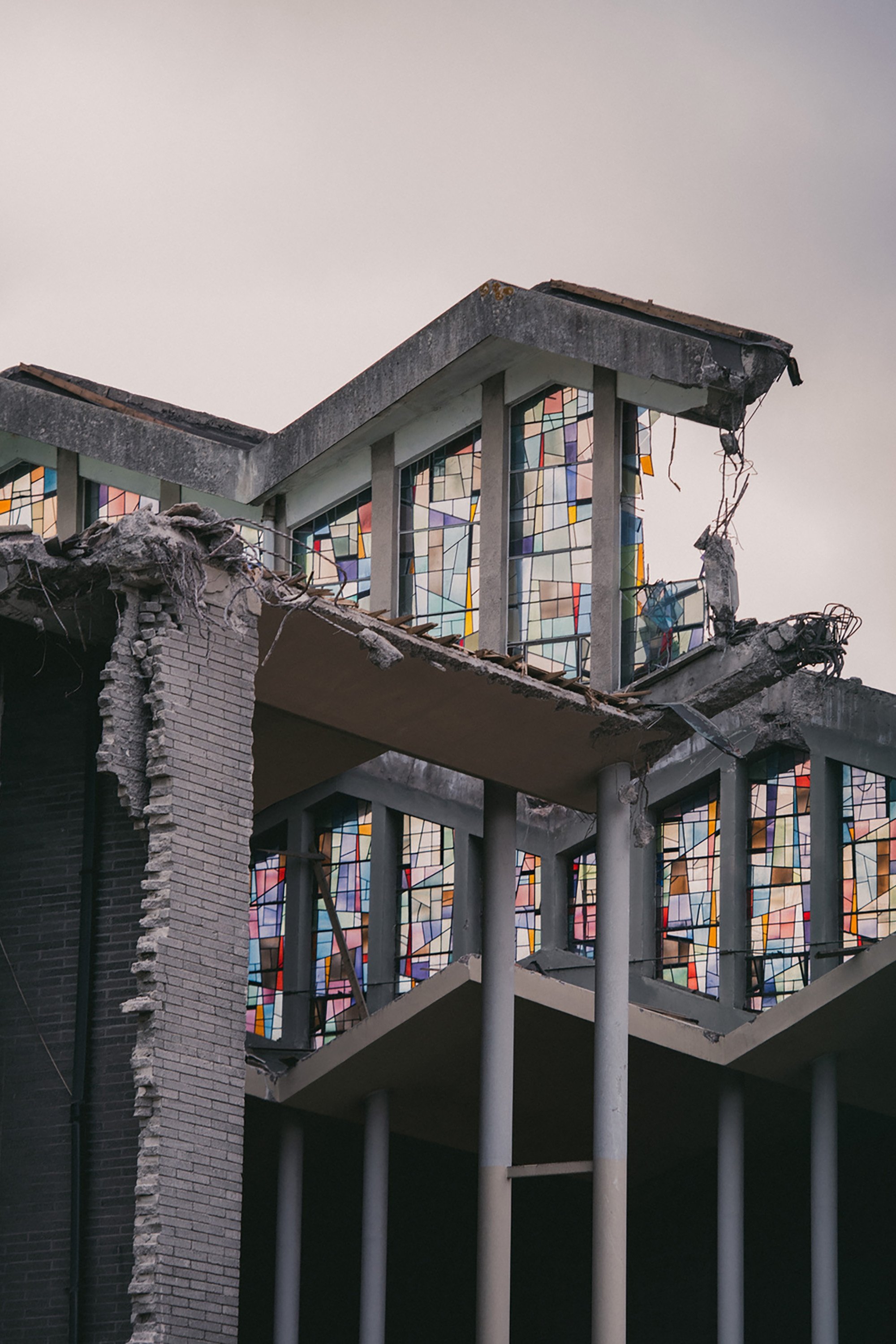
Making Dust is an essay film, a portrait of the demolition of Ireland's second largest Catholic Church, the Church of the Annunciation in Finglas West, Dublin. Understanding this moment as a 'rupture', the film maps an essay by architectural historian Ellen Rowley on to documentation of the building's dismantling. Featuring oral interviews recorded at the site of the demolition and in a nearby hairdressers, the film invites viewers to pause and reflect on this ending alongside the community of the building. The film is informed by Ultimology, and invites its audience to think about the life cycles of buildings and materials, how we mourn, what is sacred, how we gather, what we value and issues of sustainability in architecture.

The film explores the destruction of a unique train station in Zurich and the construction of the new prison and police centre in its place. From the perspective of the filmmaker’s window, and with testimony from prisoners awaiting deportation, the film probes how we deal with the extinction of history and its replacement with total security.
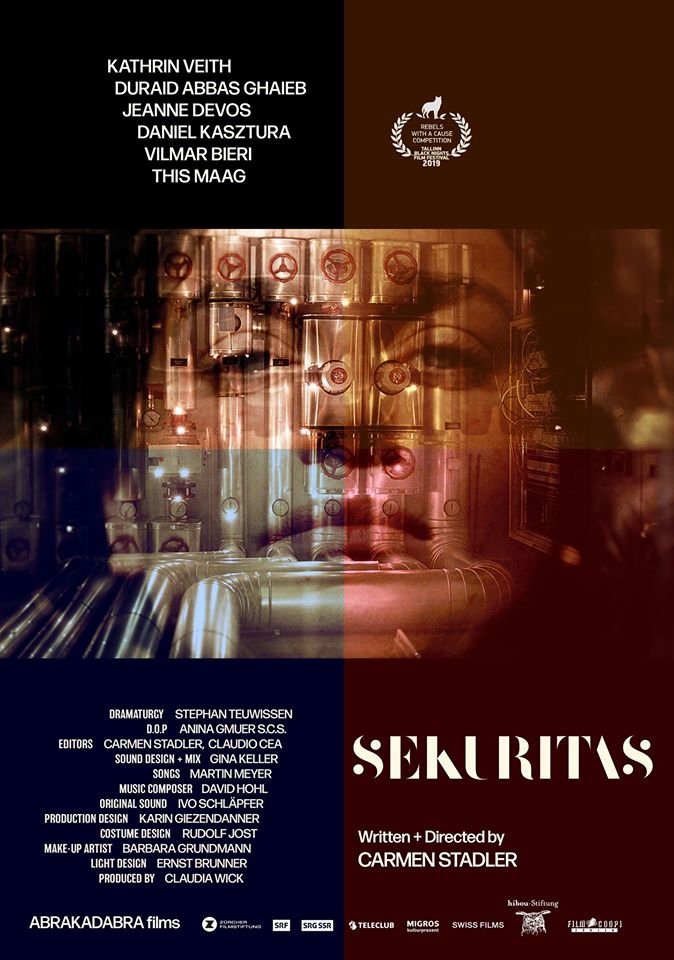
Before an office complex is set to be demolished, it expresses one last wish: a love story. It centers around desire, security, and a melody that runs through the entire fabric of the building. So when darkness descends and everything falls silent, the routine lives of those within its walls sparkle like stars, paving the way for intimate chance encounters and absurd humor to unfold. A nocturnal kaleidoscope of longing, loneliness and freedom.
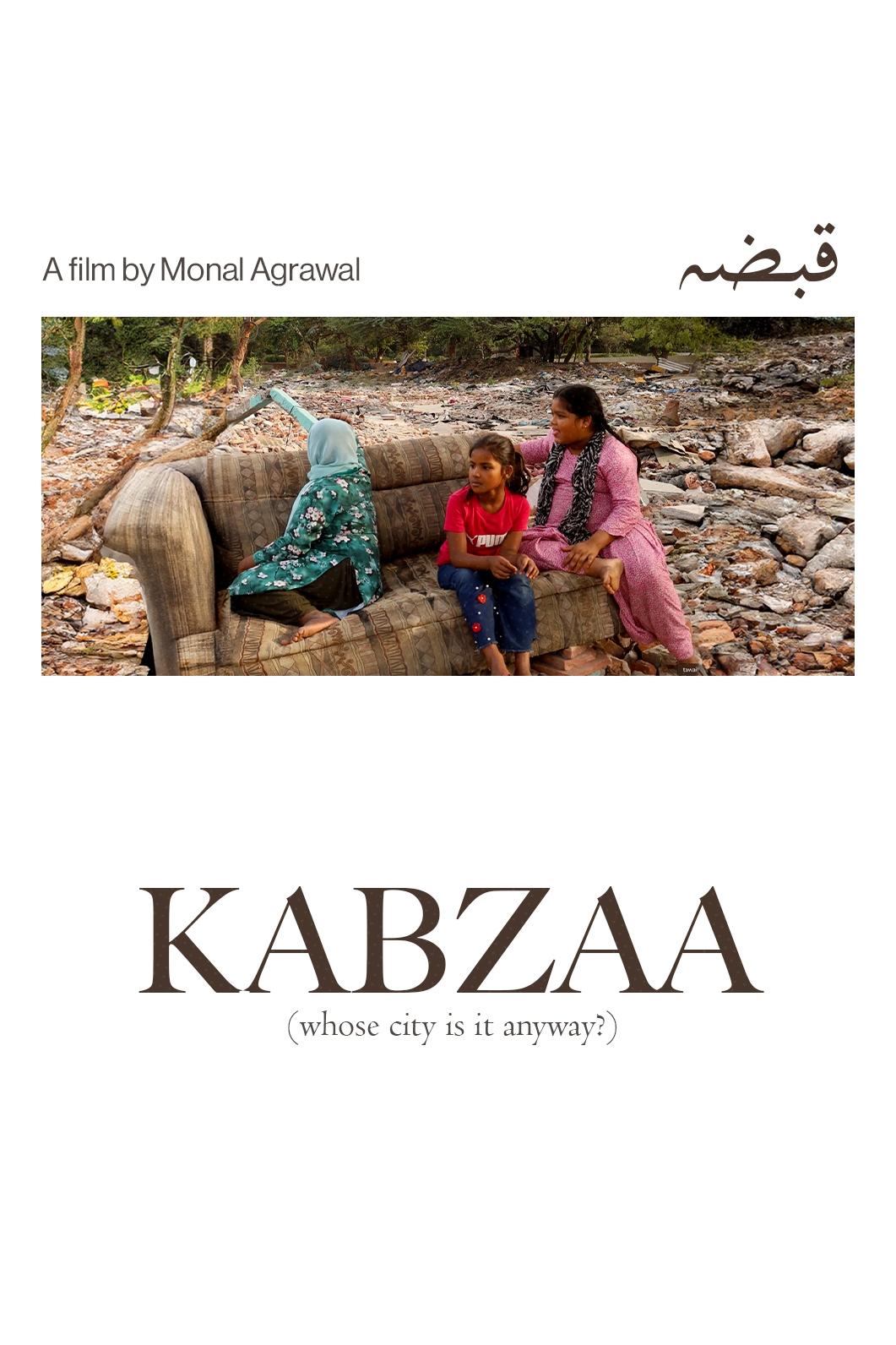
Amidst the urban transformation driven by progress, bulldozers dismantle 'illegal' settlements, leaving countless lives shattered. In the aftermath of such upheaval, one basti, sacrificed to conceal poverty during the G20 summit, and another basti, abandoned by authorities without alternative housing, illustrate the stark realities of displacement. The film delves into the daily struggles of individuals who persist in the rubble of their former homes.

Follow the wild real life exploits of legendary wheeler dealer junkman, Lawrie Vautier, as he knocks down buildings, salvages scrap, and buys, sells and collects his way to a fortune.
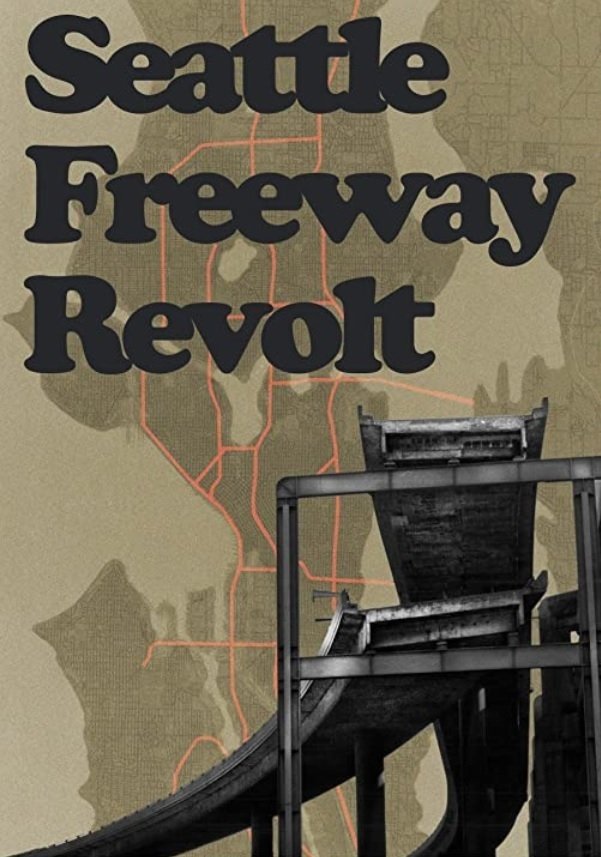
In the 1950s, Seattle had plans to build one of the densest networks of freeways in the world. It would have displaced thousands, especially the poor and people of color. Over the next two decades, a broad coalition of communities came together and halted these plans. Testimonies from that era are juxtaposed with interviews of activists who participated in the revolt, giving a picture of what Seattle could have been had the people not stood up to the highway lobby and their representatives.

With input from actor and writer Jan Hlobil, director and cinematographer Rene Smaal presents a film in the true surrealist tradition, in the sense that only 'found' elements were used, and that it defies interpretation based on ordinary cause-and-effect time sequence.
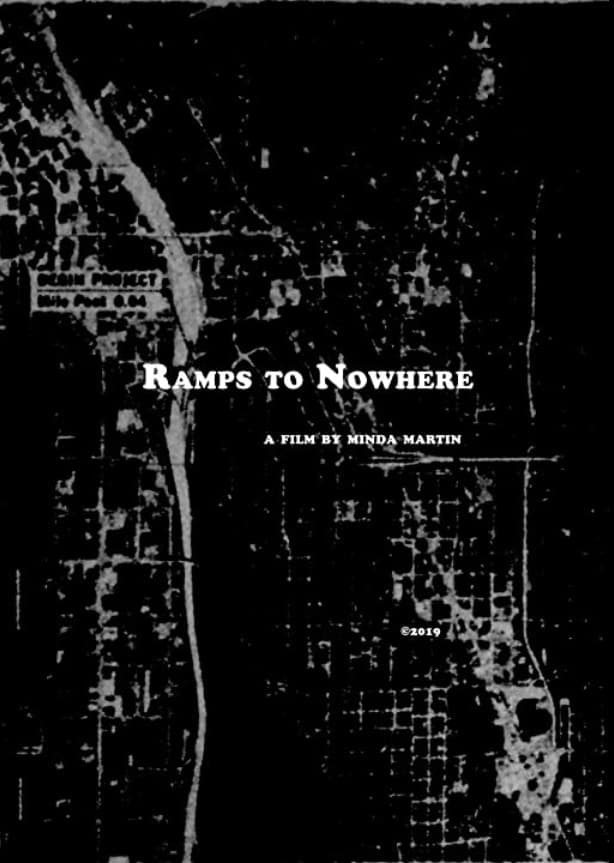
A film about the cross coalition of communities that stopped a planned network of freeways from being built in Seattle in the late 60s and early 70s. It weaves together archival material with the filmmaker's personal narrative about living next to freeways, and features interviews with participants from the freeway revolt.
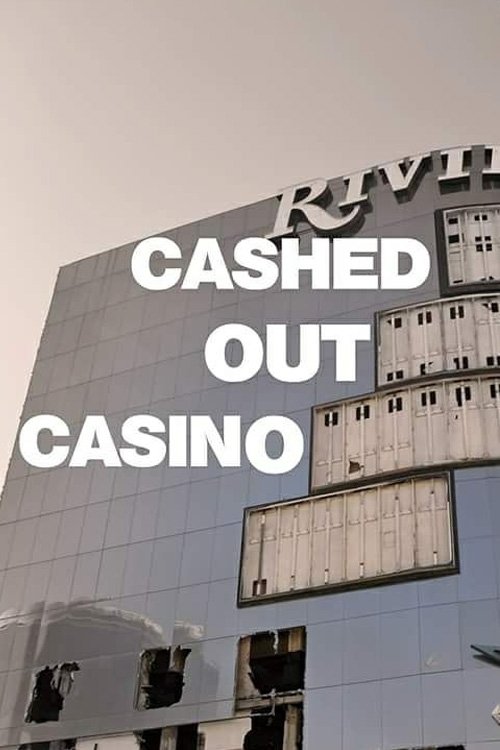
Watch the drama unfold when the city of Las Vegas blows up the town's impromptu movie set.

Billy, a single mother of two, is led into a macabre underworld while her teenage son, Bones, discovers a secret road leading to an underwater town. Both Billy and Bones must dive deep into the mystery if their family is to survive.
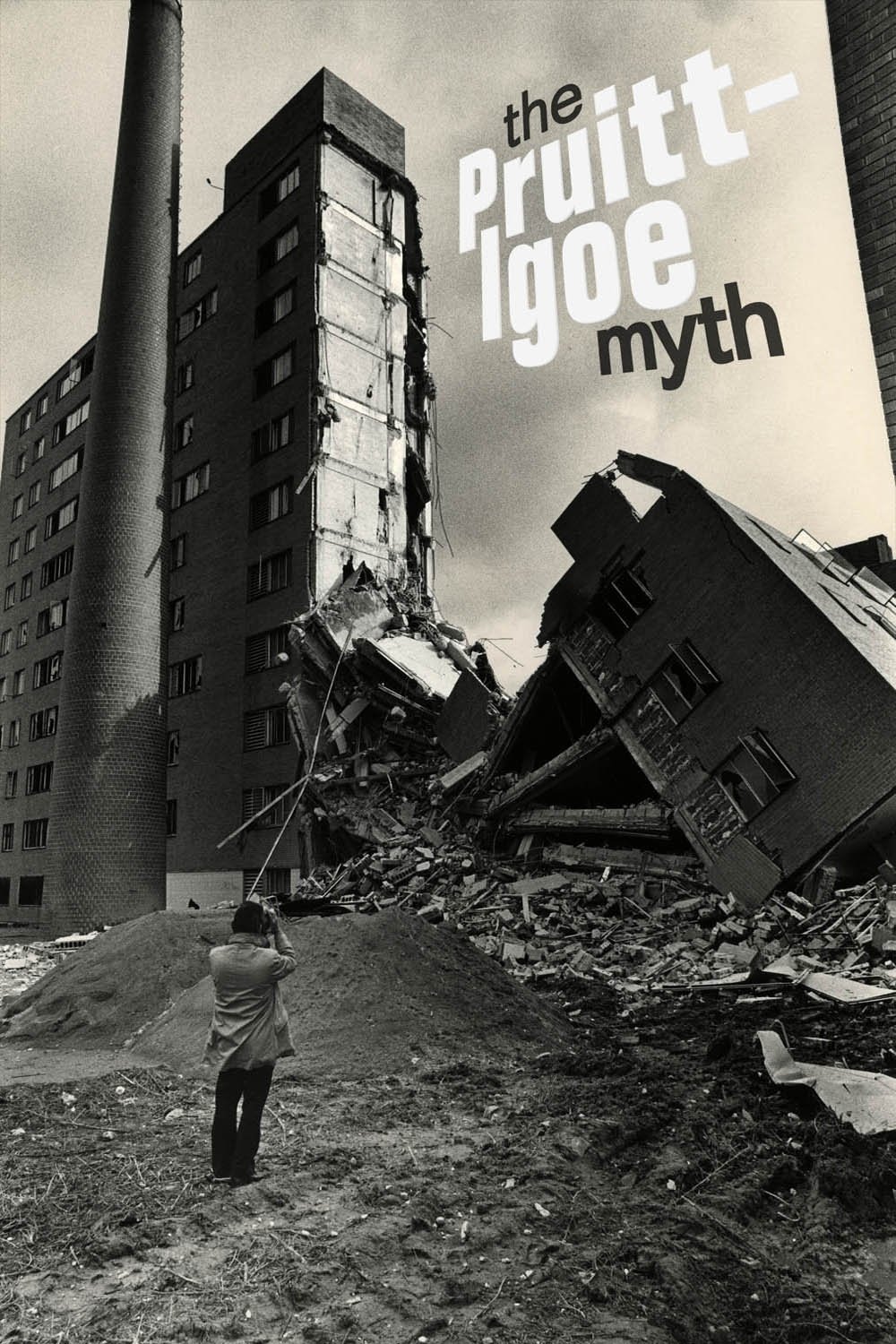
Destroyed in a dramatic and highly-publicized implosion, the Pruitt-Igoe public housing complex has become a widespread symbol of failure amongst architects, politicians and policy makers. The Pruitt-Igoe Myth explores the social, economic and legislative issues that led to the decline of conventional public housing in America, and the city centers in which they resided, while tracing the personal and poignant narratives of several of the project's residents. In the post-War years, the American city changed in ways that made it unrecognizable from a generation earlier, privileging some and leaving others in its wake. The next time the city changes, remember Pruitt-Igoe.
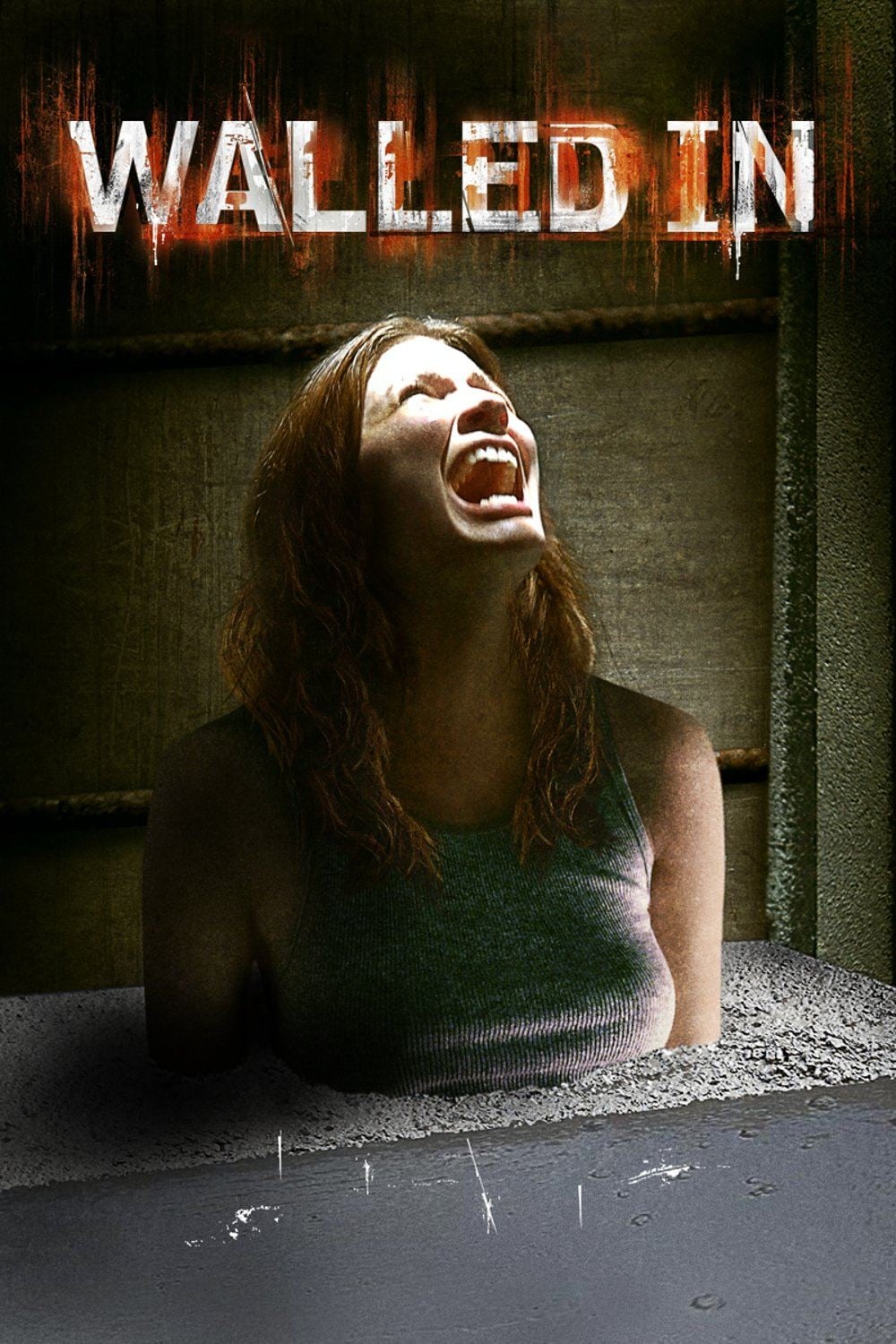
Having finally secured her first assignment from her family's demolition business, Sam Walczak is sent to supervise the destruction of an apartment house, only to discover a group of tenants still living in the condemned building. One such tenant, Jimmy, tells Sam an urban legend about a serial murderer who used to live in the building and entomb his victims in the walls. What's worse, the dead are believed to still harass the residents to this day.
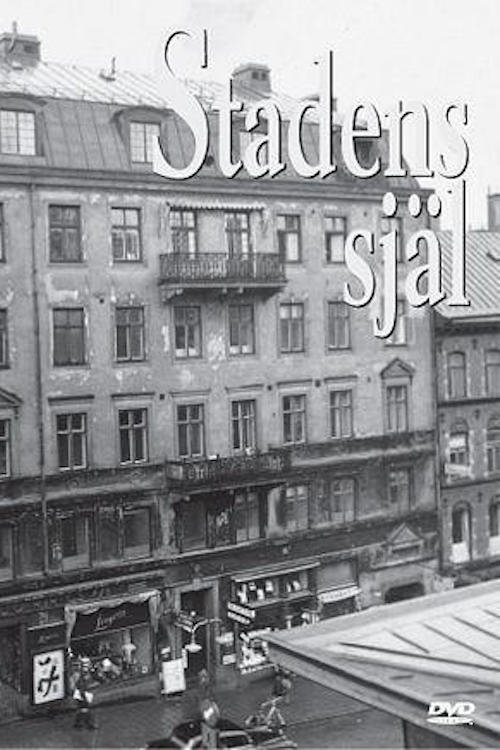
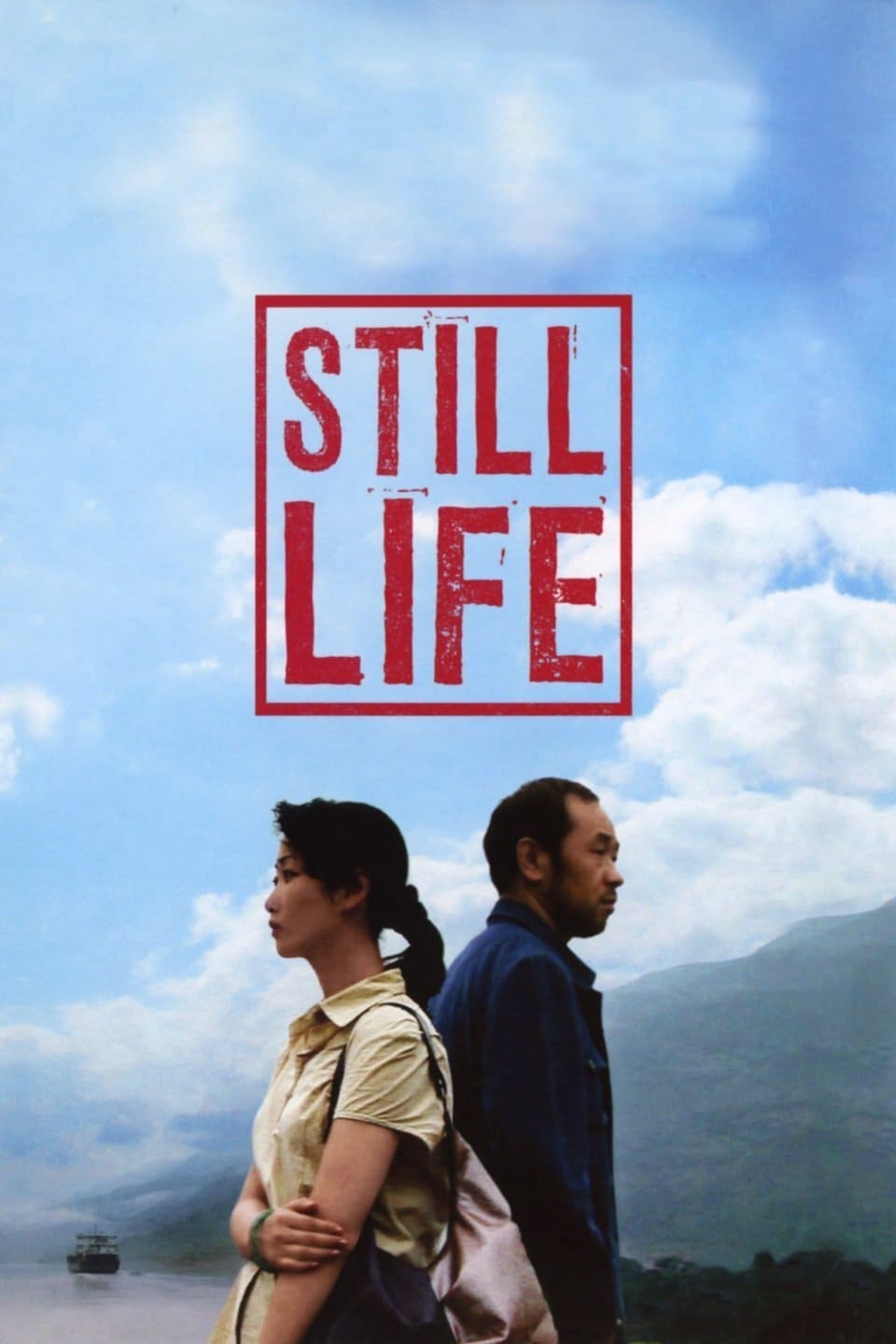
A town in Fengjie county is gradually being demolished and flooded to make way for the Three Gorges Dam. A man and woman visit the town to locate their estranged spouses, and become witness to the societal changes.
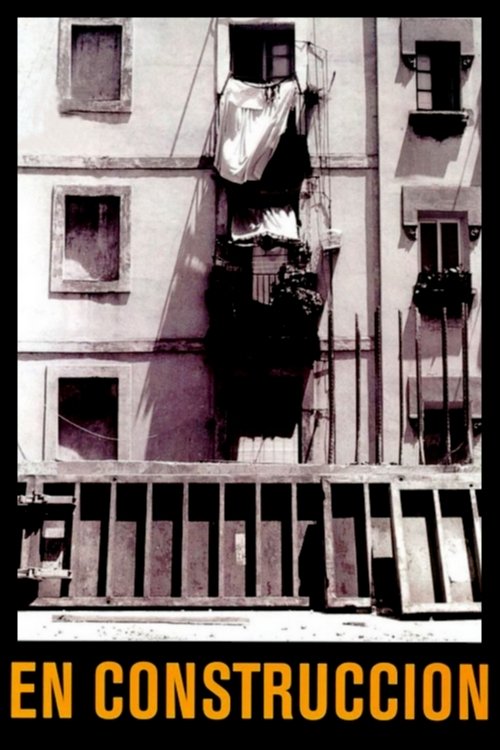
An author spends a year and a half filming what happens as a new apartment building is built in a neighborhood of Barcelona.
By browsing this website, you accept our cookies policy.